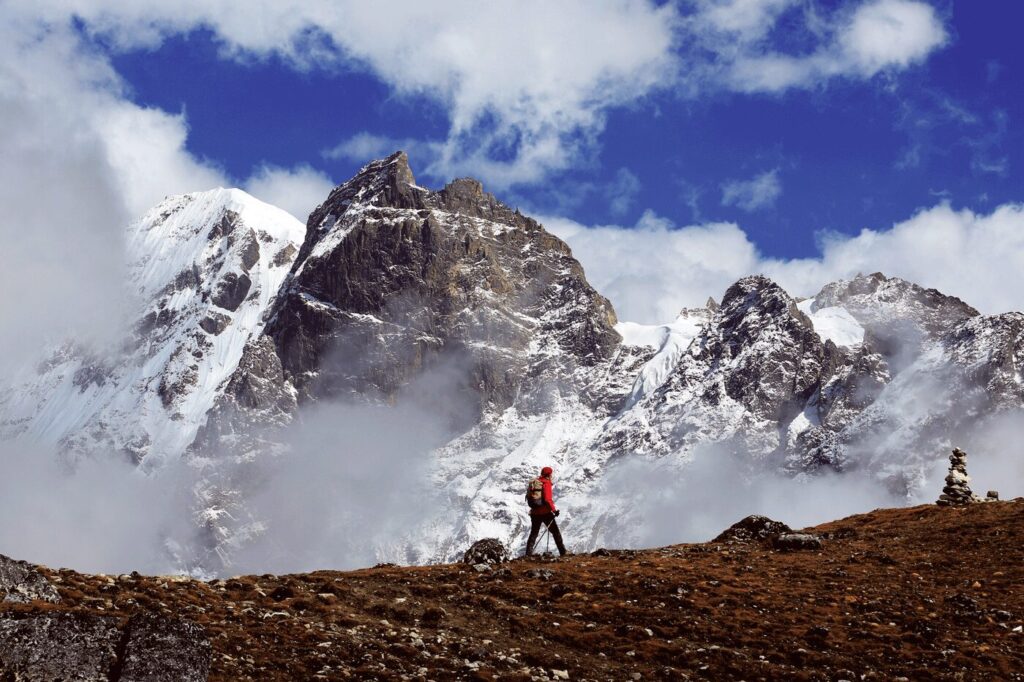
Bhutan, also known as the “Kingdom in the Clouds,” is one of the best places for trekking. The Himalayan mountains provide an excellent terrain for trekking, where you can explore monasteries and fortresses in remote areas and hike on some of the highest mountain passes in the world. Bhutan’s diverse geography offers a variety of treks suitable for all levels, from the easy and scenic Druk Path Trek for beginners to the challenging Snowman Trek for experienced trekkers.
While trekking in Bhutan offers breathtaking views and fresh air, it can also be challenging due to the wilderness and tough conditions. Although your trekking package includes a professional guide and crew, you are responsible for your safety at all times. It’s important to be physically and mentally prepared before starting your trek.
Things to Prepare Before Your Trip:
Check Your Fitness Level
Before going on any trekking tour, it’s important to assess your fitness level and consult your doctor to ensure that your chosen trek is suitable for your health. Most treks begin at an altitude of around 2400 meters above sea level. For treks starting at 4000 meters, be aware of the risk of Acute Mountain Sickness (AMS). While many people can travel up to 2500 meters, AMS affects each person differently, depending on fitness, age, and altitude changes.
Symptoms of AMS include headache, nausea, shortness of breath, loss of appetite, and fatigue. Severe symptoms like dizziness, confusion, difficulty walking, and blue lips or nails require immediate descent. It’s important not to ascend further if you have AMS symptoms. For more information, consult your doctor or a travel clinic.
Choose the Right Trek
The best times to trek in Bhutan are during the spring (March-May) and autumn (September-November). If you’re trekking in winter, low-altitude treks like Nabji Korphu are ideal due to the dry and warm weather. This trek takes you through villages such as Nabji, Jangbi, and Kudra, offering a unique glimpse into rural Bhutanese life. You may also spot rare wildlife like the golden langur and the great hornbill.
Recommended short treks include the Druk Path and Dagala Thousand Lakes Treks, which are easy to access and offer beautiful views of the Himalayas and crystal-clear lakes. For more challenging treks, such as those in northern Bhutan, which can reach altitudes of up to 5500 meters, trekkers should be exceptionally fit and experienced.
Physical and Mental Training
After consulting your doctor, you can prepare your body with the following exercises:
Cardiovascular activities: Running, walking on inclined treadmills, stair climbing, trail running, and biking will help build endurance.
Altitude training: Incorporate interval training into your routine, such as climbing steep hills or stairs to improve stamina at higher altitudes.
Yoga: Yoga can improve flexibility, strength, and endurance, and help prevent injuries. It also improves lung capacity and cardiovascular health, which are crucial for trekking.
Packing for Your Trek
Due to the high altitudes, you will need to bring warm clothing, especially for the colder nights, even in summer. It’s also recommended to bring your own technical gear. Please note that shorts are not allowed at religious sites, such as temples and dzongs, so dress appropriately. You may wear shorts during the trek if you are not near any religious sites.
Travel Insurance
It’s important to have travel insurance that covers trekking activities. Some treks take you to remote areas, where rescue and evacuation costs can be high. Make sure your insurance includes coverage for emergency evacuation before embarking on your adventure.

Leave a Reply
Your email is safe with us.